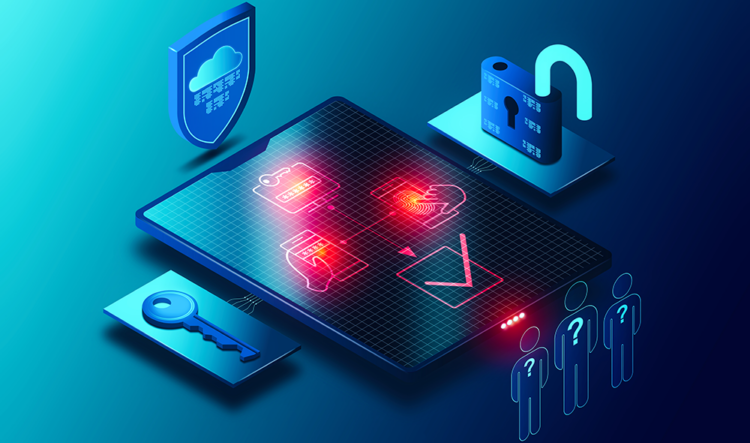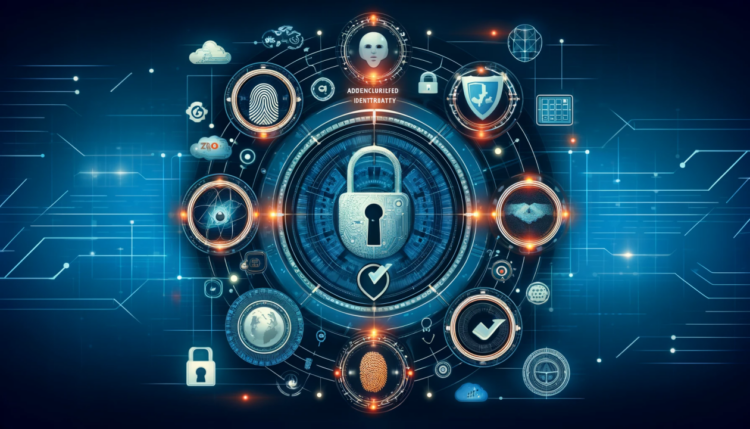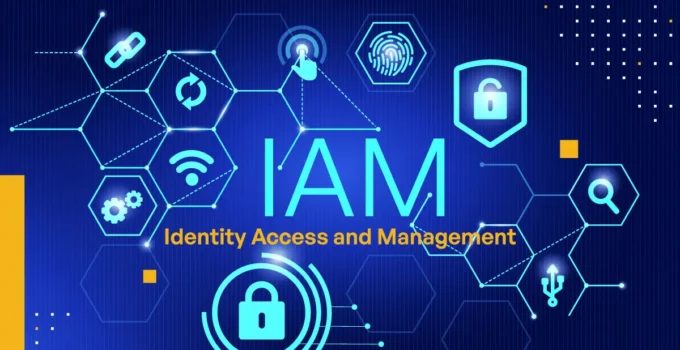Page Contents
Table of Contents
- Best Practices Overview
- Implementing Secure Authentication Methods
- Ensuring Robust Access Control
- Leveraging Multi-Factor Authentication
- Monitoring and Auditing Access
- Future Trends in IAM Technology
- Case Studies and Real-Life Examples
Best Practices Overview

Source: tomorrowsoffice.com
The digital revolution has transformed how organizations manage sensitive information, making effective identity and access management more crucial than ever. As we delve deeper into a technological era, businesses face the incessant challenge of countering increasingly sophisticated cyber threats. IAM stands as a critical barrier, ensuring that access to crucial systems and data is strictly regulated and only available to those authorized. This is not mere prevention but an overarching strategy incorporating various security measures to protect and manage digital identities.
IAM is not solely about heightening security measures; it also enhances operational efficiency and ensures compliance with stringent regulatory requirements. Properly enforced identity policies strike a balance, providing robust security without impeding the user experience. Emphasizing IAM practices helps organizations maintain a fortified security posture while facilitating seamless user access, which is vital for maintaining productivity.
Implementing Secure Authentication Methods
Secure authentication methods are at the heart of any IAM strategy, serving as a foundational defense against unauthorized access. Traditional password systems, while ubiquitous, fall short of offering the desired level of security due to their vulnerability to breaches. Therefore, organizations increasingly use advanced techniques like password policies and encryption to bolster their authentication processes.
Implementing strong password policies involves mandating complex passwords that combine various characters and are updated regularly. Encryption further fortifies these credentials by transforming them into unreadable formats for unauthorized personnel, thus adding an additional security layer. Additionally, biometric authentication, leveraging physical characteristics such as fingerprints or facial recognition, offers an unmatched security level by being inherently unique to each individual.
Ensuring Robust Access Control
Access control is a pivotal component of IAM, designed to ensure that only authorized individuals have admission to specific resources based on their roles. This is achieved by defining and managing user roles and permissions within the organization, which effectively minimizes the risk of unauthorized access.
Applying the principle of least privilege – where users are granted the minimal level of access necessary for their tasks – is a best practice that further strengthens access control measures. Different models, such as Role-Based Access Control (RBAC) and Attribute-Based Access Control (ABAC), offer tailored solutions to meet varied organizational demands. While RBAC assigns permissions based on assigned roles, ABAC is more dynamic, considering various attributes before granting access, thus providing a flexible and more secure alternative.
Leveraging Multi-Factor Authentication

Source: cdsec.co.uk
Multi-factor authentication (MFA) is a powerful tool that enhances security by requiring more than one verification form before granting access. This layered approach significantly reduces the risk of unauthorized access, even if one authentication factor, such as a password, is compromised. MFA can include a combination of something you know (like a password), something you have (a mobile device), and something you are (a fingerprint).
The evolution from two-factor to multi-factor authentication is driven by the necessity to address vulnerabilities that single-method systems cannot effectively mitigate. Implementing MFA tools like text message verification and biometric scans introduces an adaptable security solution, ensuring comprehensive protection across various platforms and devices.
Monitoring and Auditing Access
Continuous monitoring and auditing are integral to an effective IAM system, providing the means to maintain security integrity over time. Regular audits enable organizations to uncover potential vulnerabilities and ensure compliance with existing security policies. This process is vital to staying one step ahead of potential threats, ensuring the IAM system is constantly refined and improved.
Automated auditing tools facilitate this process by enabling real-time observation and immediate response capabilities. By monitoring access patterns and identifying anomalies, organizations can proactively address issues before they escalate, thereby strengthening their security posture.
Future Trends in IAM Technology

Source: linkedin.com
The future of IAM technology looks promising with advancements in Artificial Intelligence (AI) and decentralized identity systems. AI plays a crucial role in boosting user management, leveraging sophisticated behavioral analytics to predict and prevent unauthorized access attempts. This enhances the efficacy of IAM systems by automating routine tasks and improving decision-making processes.
Another exciting trend is the emergence of decentralized identity, which offers a novel approach by granting users control over their credentials. This model reduces reliance on centralized identity providers, thus decreasing the risk associated with data breaches. These innovative solutions represent a new era of identity and access management, promising flexibility and enhanced security across the digital domain.
Case Studies and Real-Life Examples
Real-world case studies provide a wealth of knowledge, highlighting the benefits of strategic IAM implementation and potential pitfalls to avoid. Organizations that adopt robust IAM strategies often witness improved security, streamlined operations, and reduced administrative burdens. Successful examples include tech giants and financial institutions integrating comprehensive IAM frameworks to secure sensitive data effectively.
Conversely, overlooking the importance of IAM can lead to costly breaches. Learning from the missteps in various sectors underscores the critical need for structured and well-implemented IAM systems. Such analyses guide organizations in refining their strategies, mitigating risks, and unlocking the full potential of identity and access management.




